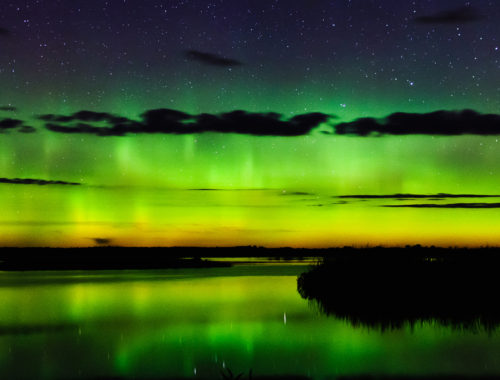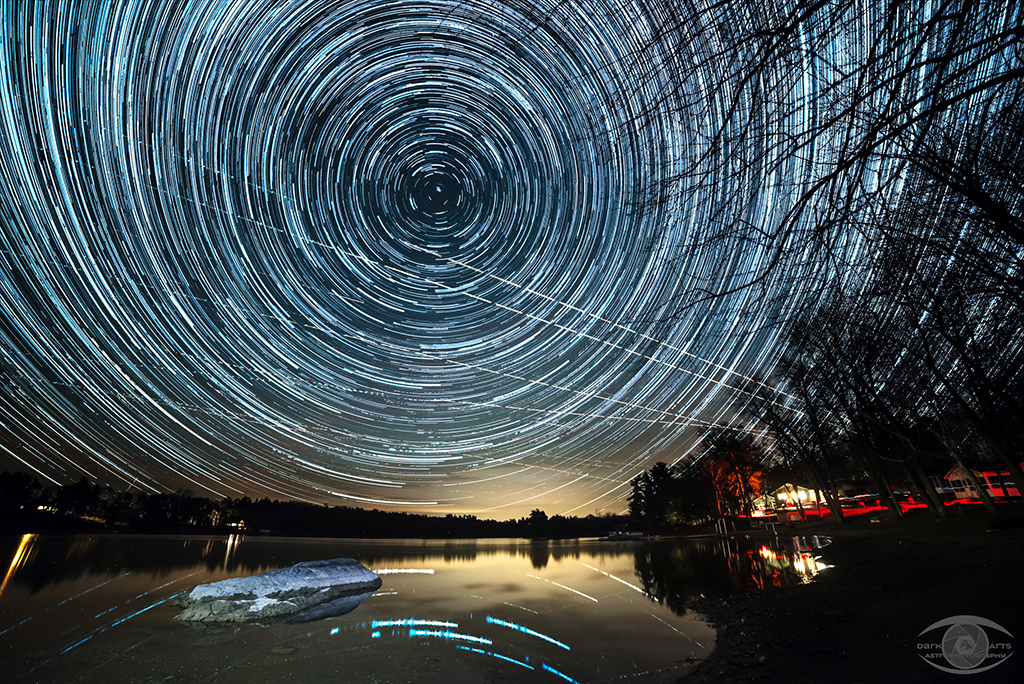Over the last few months, I’ve been trying to come up with tools and resources that I would want to add to a web site that would be useful not only to myself, but to others. Product reviews and tutorials make up a large part of my posts, but I wanted something a bit more substantial – a resource that would have people returning to my site with a reason. And to that end, I’ve added a whole section on the Aurora Borealis. Continue reading “Aurora Borealis Forecasting”




